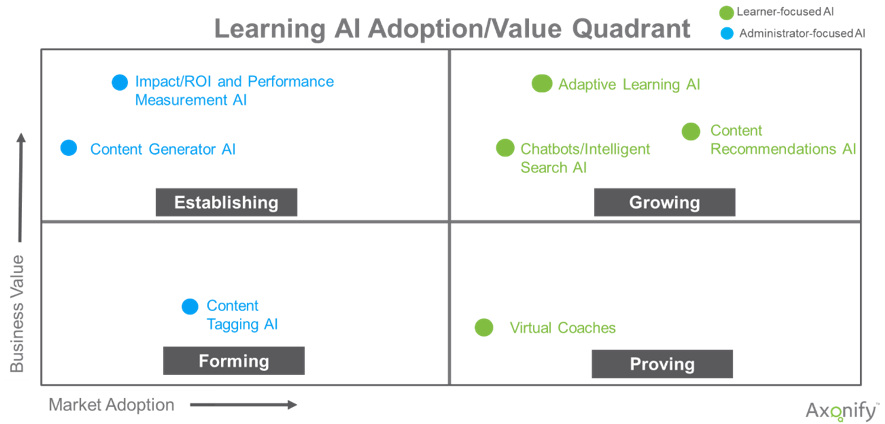The concept of AI has become popular in recent years. Not all that surprising considering that by 2030, it’s expected that AI will provide a $15.7 trillion dollar boost to GDP worldwide.
AI is a complicated subject and many people still don’t understand what it all means. Let’s take a look at the essentials of AI what it means to you and your front line training.
AI has been around for decades, do you recall when IBM’s Deep Blue (essentially an early form of AI) became the first “machine” to win a chess game against reigning world champion, Garry Kasparov in 1996?
Today, you may already be using AI to advise you on how long your trip from the office to home will be and to create personalized playlists on Spotify. However, AI is only as good as the data set it being fed. Data is the most critical piece of the AI equation and if you’re going to start peeling back the onion on AI, understanding the data you’ll need to fuel it is the most important place to start.
Personalization has always been a goal for those involved in learning. However the challenge of delivering a personalized training experience across large audiences is not something new. Which is why AI has become even more popular within the learning and development space. Josh Bersin’s 2019 HR Technology Market Report alone contains over sixty references to AI. It is everywhere and we don’t think its going anywhere anytime soon.
If you still don’t fully understand exactly how AI works, you can still take advantage of the value it brings to training your front-line employees.
AI technology is now widely available and there are a number of simple applications of AI designed to assist in making corporate training more effective. Most do provide legitimate business value however, it’s important to start with the fundamental learning experience before you consider the applications that are just nice to have.
Below is something Axonify leverages in their work with customers that help contextualize the various AI applications that you’re hearing about. The “Forming” quadrant includes AI applications which are relatively new where both market adoption and business value is low at this point in time. In contrast, the “Growing” quadrant includes AI applications that are more mature and, for the most part, have proven business value in the field and are now being adopted in practice at a high rate. Since the AI space is changing so quickly, you can be sure that this framework will be constantly revisited as it rapidly evolves over the next 12-18 months.

Once you have a better understanding of the subtleties between different types of AI in the learning space. Here are a few ways you can get started with outlining out how AI could (and should) fit into training delivery to your front-line.
First look at your data strategy and determine the type of data you have access to across the business (such as learning data) which can be leveraged to feed AI. Consider which AI applications could be feasible to support your employee’s performance and learning.
AI-powered training that deeply personalizes the learning experience for employees is the most meaningful. This allows you to measure data that has since been un-measurable, the real impact training has on business results. Axonify’s Microlearning Platform was built on a foundation of smarter AI from the very beginning. It’s AI with purpose and it’s what all organizations should be striving for as their ultimate destination.
There are several AI applications available. Some are intended to improve the learning experience for learners, while others are targeted at supporting administrators. Once you’ve introduced things like adaptive learning as a foundation, then you’re ready to look at layering on other interesting stuff based on the value you need to create for your specific user groups and audiences.
Want to learn more about AI in Learning? Get in touch with one of our Digital Solutions Advisors.
